How to tell a blue tit from great tits, coal tits and the rest of Britain's tit population
Ornithologist and author Stephen Moss on the tits of Britain, from the blue tit and great tit to the crested tit and coal tit — plus the pair of 'tits' that aren't really tits at all.

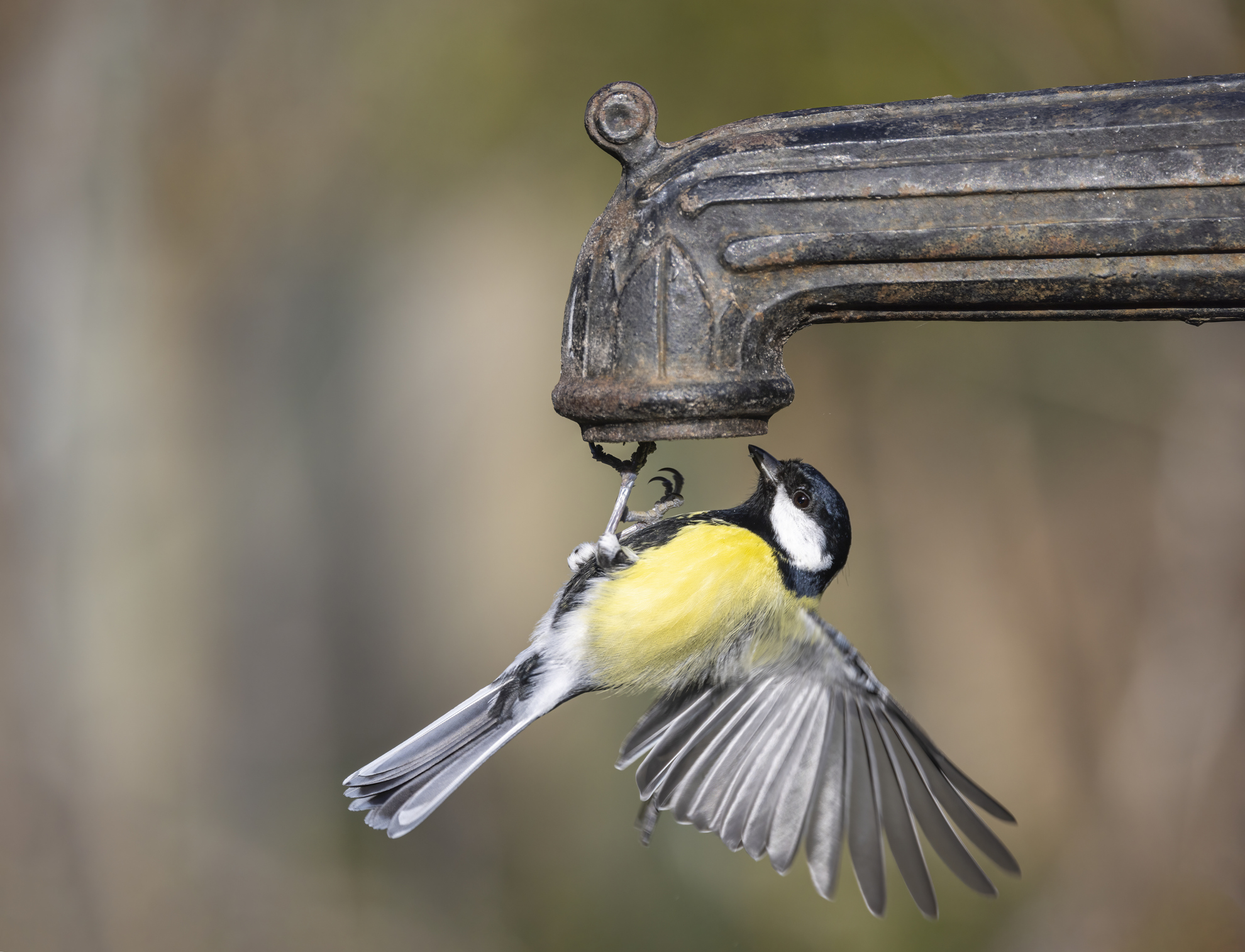
There are six species of ‘true tits’, of the family Paridae, in Britain. There are two other, unrelated species which share the name: the long-tailed tit and bearded tit (or reedling).
Blue tit
Ornithologist and author Stephen Moss on the tits of Britain, from the blue tit and great tit to the crested tit and coal tit — plus the pair of 'tits' that aren't really tits at all.
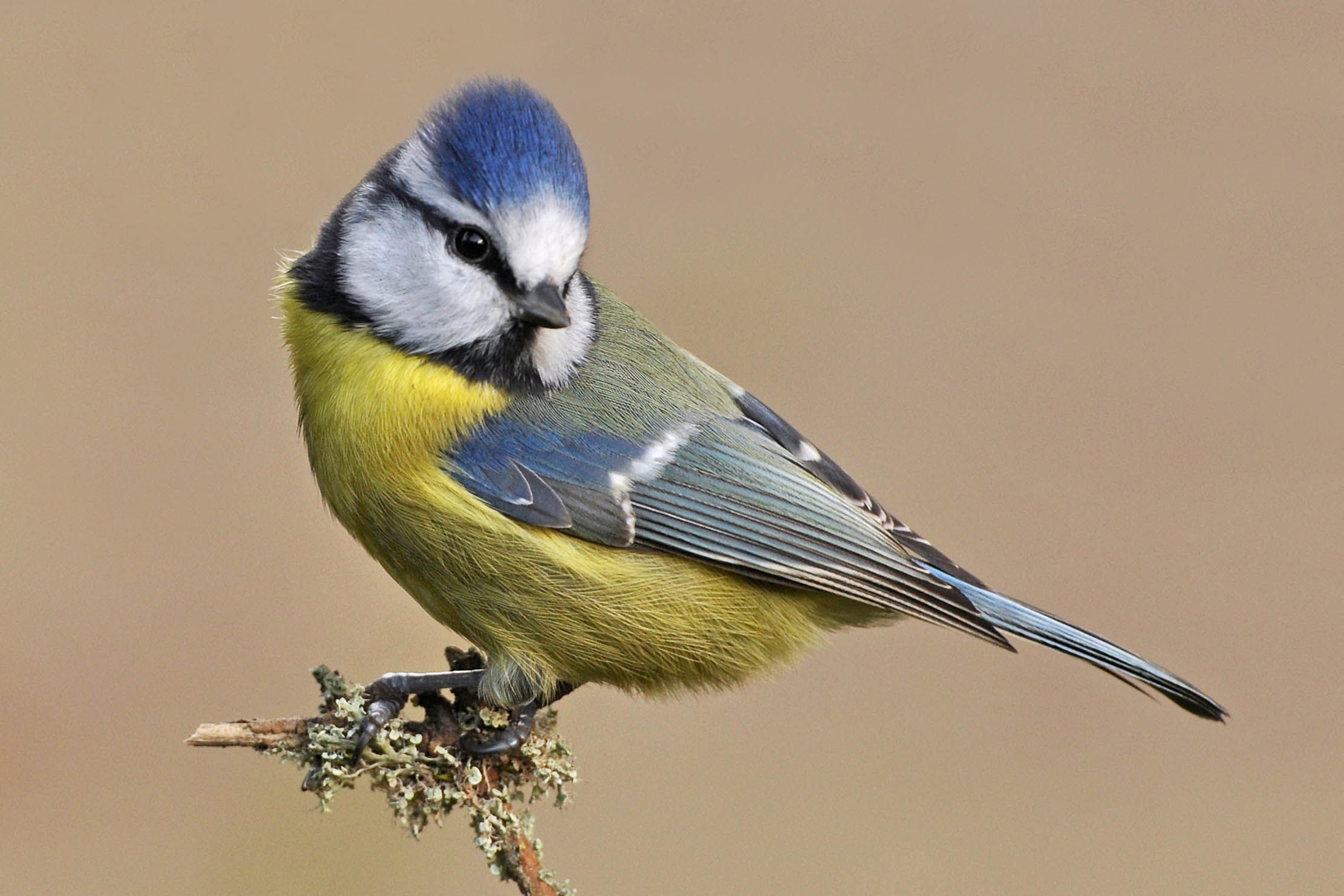
Numbering about 3.2 to 3.4 million pairs, blue tits come in at number eight in the league table of the most common British breeding birds. A hard winter can reduce the population, but they usually bounce back within a year or two and can be seen across most of England, Scotland, Wales and Northern Ireland, albeit not on most offshore islands or in upland areas.
They’re small, but blue tits often give as good as they get and certainly dominate the other, similar-sized, species.
Great tit
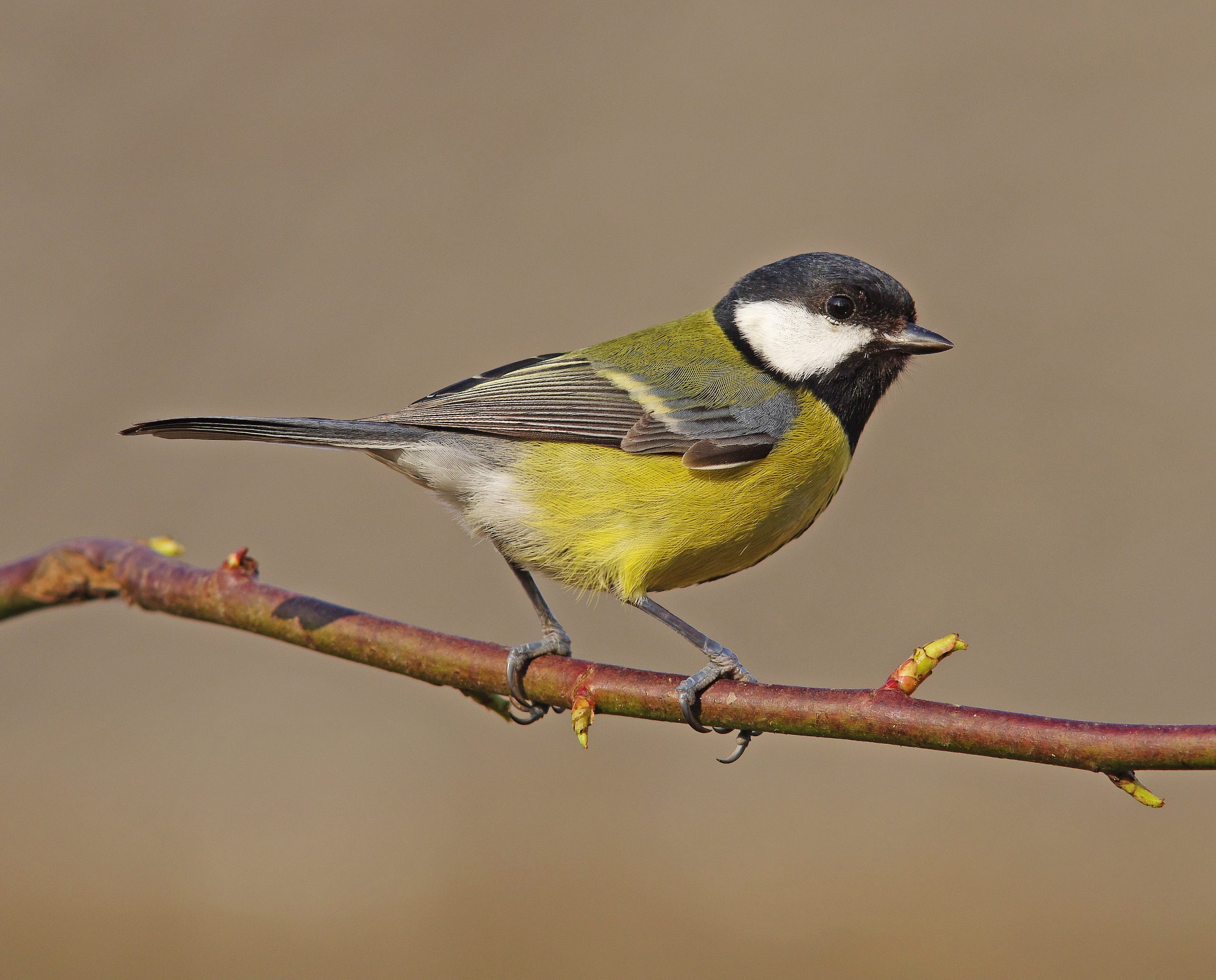
Great tits also have white cheeks, but have a black head and thick black line down their yellow breast. It often visits gardens. The largest of the six (they’re close to the size of a house sparrow), great tits tend to dominate the pecking order on feeders.
Coal tit

Coal tits are, as their name suggests, brown, black and buff, with a white nape. Like the great tit, often visits gardens.
Marsh tit
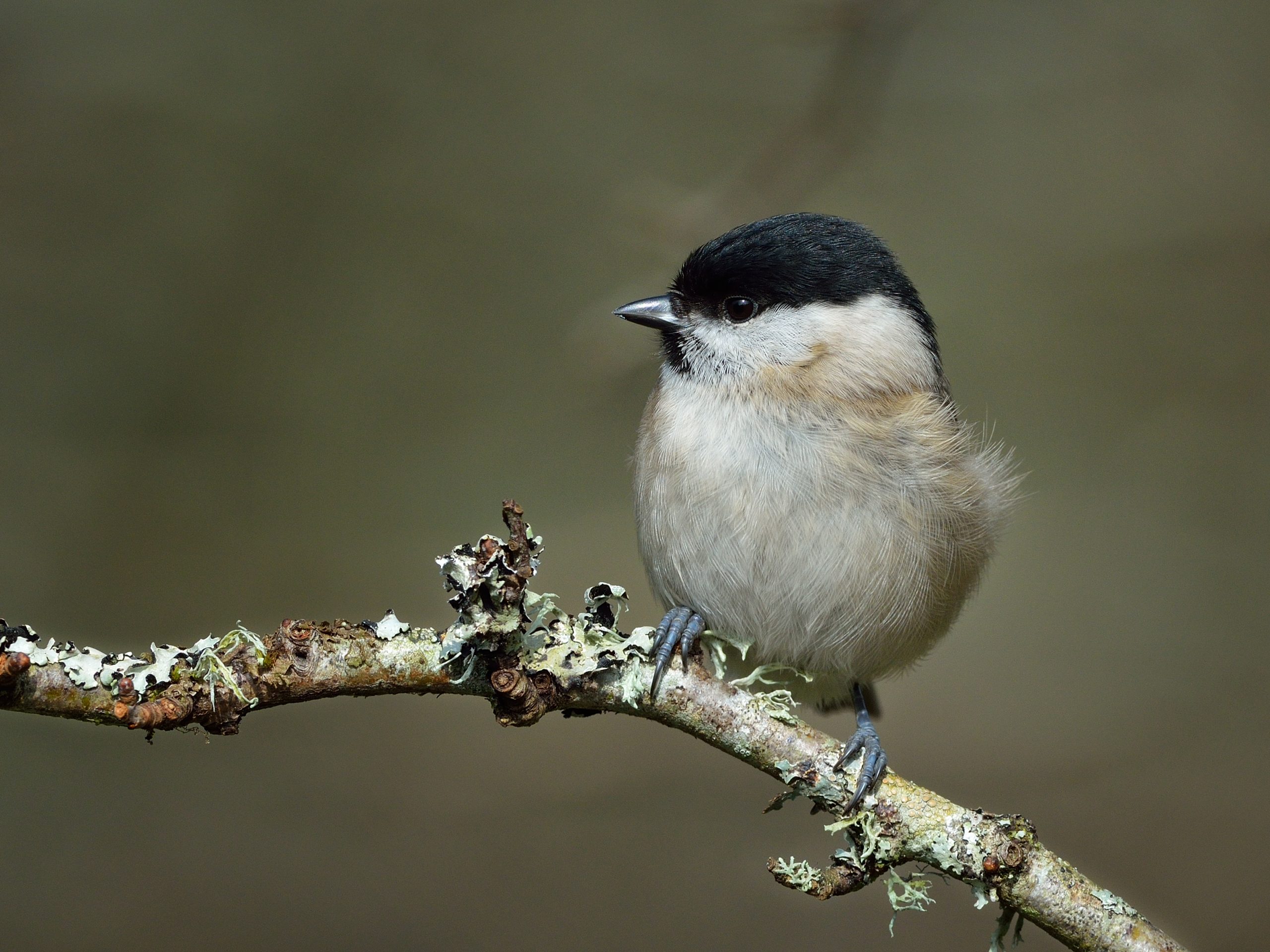
More monochrome than blue tits and great tits, and harder to spot: they are very rare visitors to gardens. Mainly brown with a shiny black cap and 'bib' beneath the beak, and a pale belly. Very, very similar in appearance to the willow tit (see below), with the RSPB noting that the two were considered the same species until 1897. The marsh tit usually has a white mark on its bill, and a glossy black cap.
Exquisite houses, the beauty of Nature, and how to get the most from your life, straight to your inbox.
Willow tit
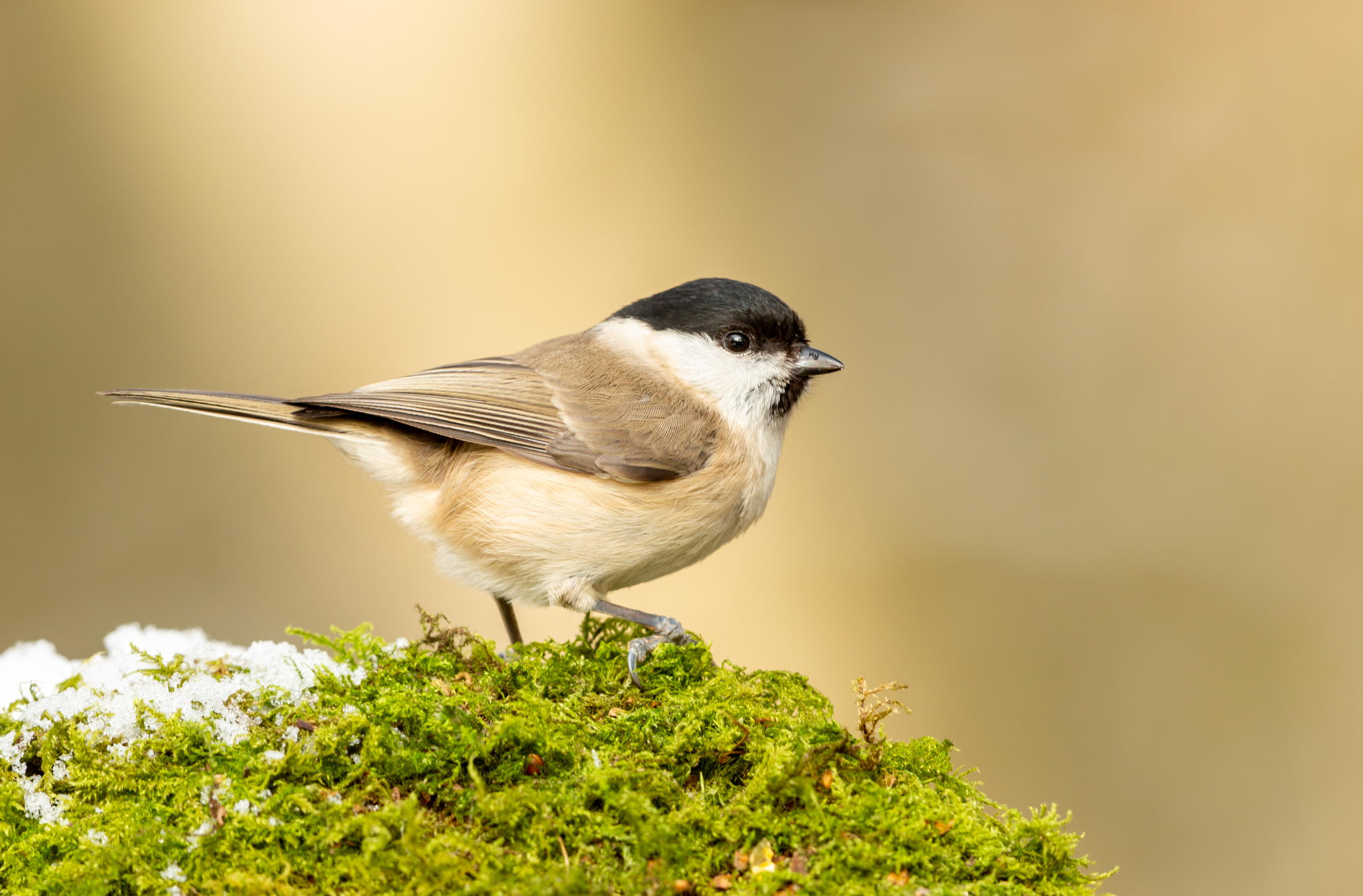
Like the marsh tit, much less colourful than other tits, and equally elusive: you’d be very lucky to see one in your garden. You'd be even luckier to be able to tell the difference between this and the marsh tit. Note the lighter patch on the wing, however: the RSPB notes that this pale panel is not found in marsh tits.
Crested tit
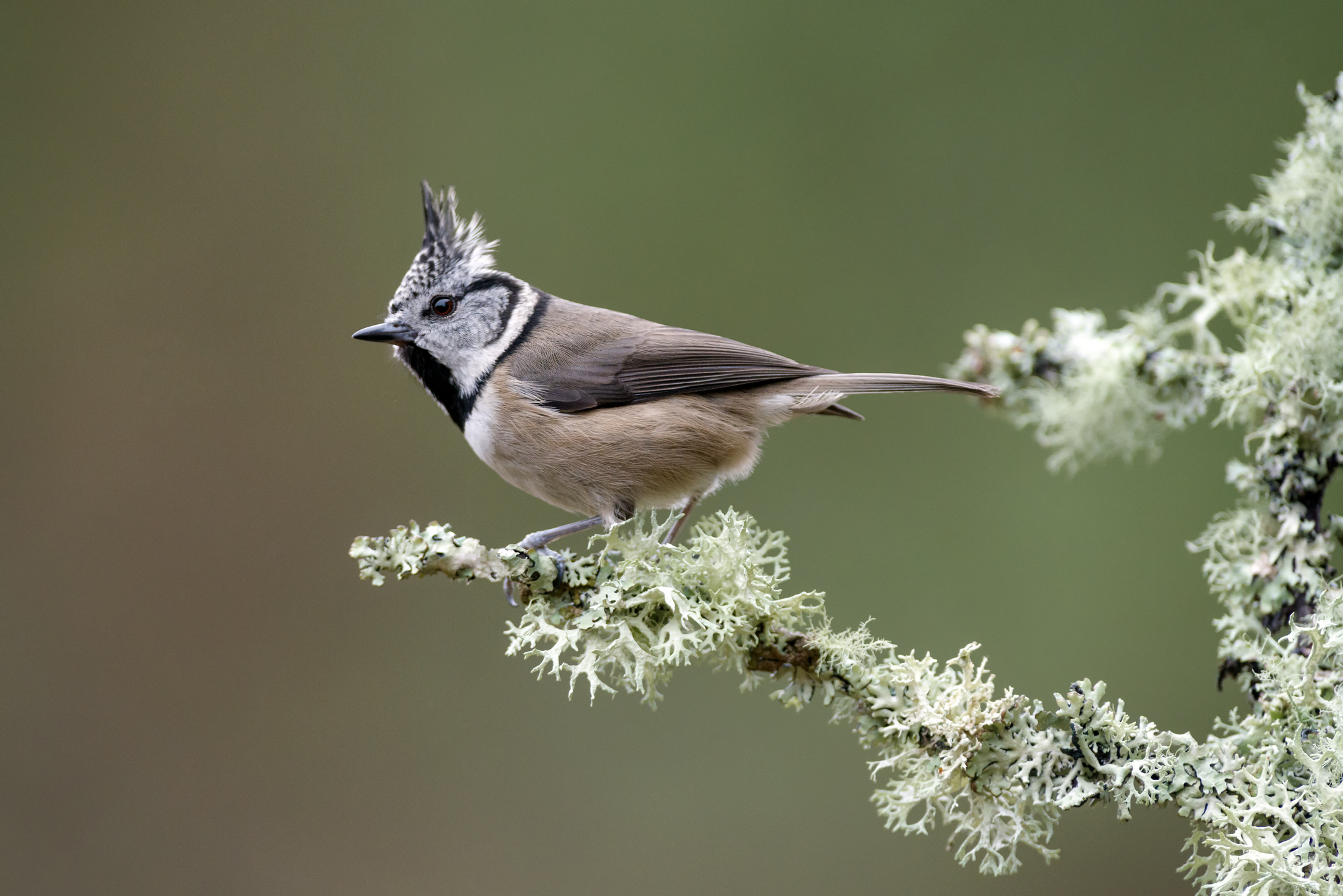
It's a relief after poring over pictures of the marsh and willow tits to find a bird so distinctive: the crested tit is the punk rocker of the tit world, with a mohican to be proud of. Sadly, you're unlikely to spot one: within the UK, they are generally found only in the Highland forests of Scotland.
Long-tailed tit
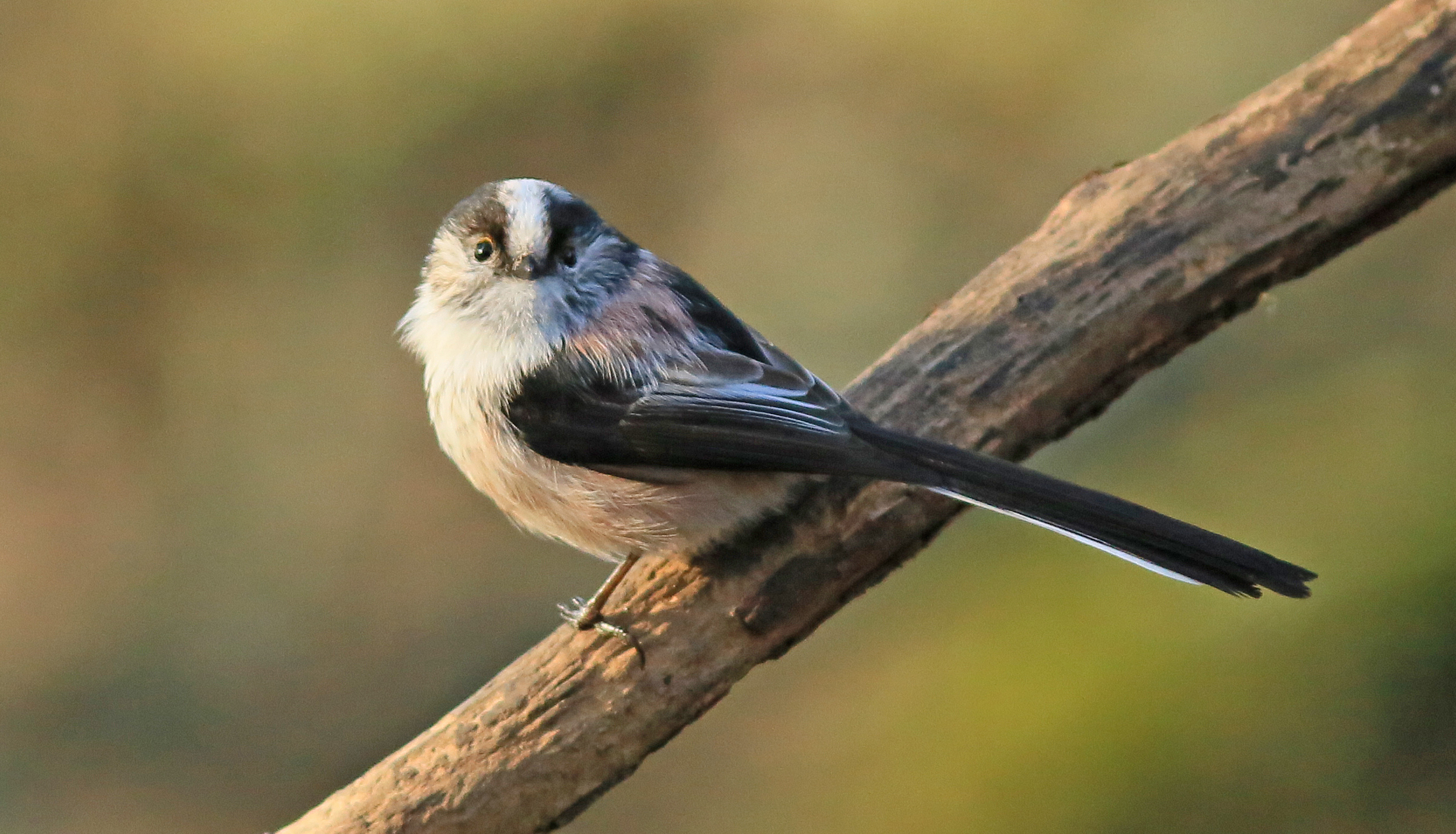
Another distinctive bird, the long-tailed tit has unmistakable colouring — in particular its badger-style head stripes — and a tail longer than its body. There are almost 400,000 living in Britain, spread across the whole country in woodland, farmland hedgerows, scrubland, parkland and gardens.
Bearded tit (or reedling)
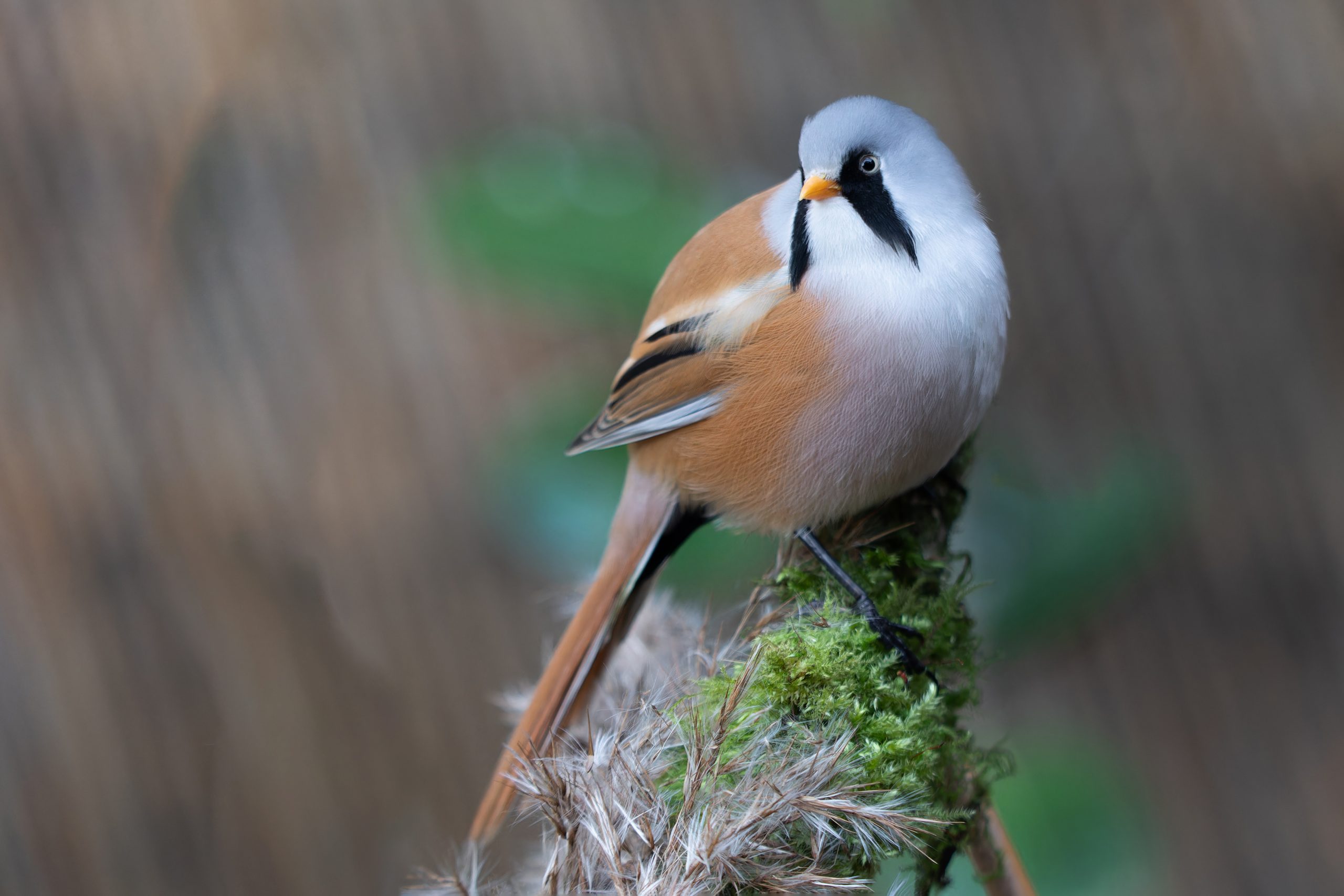
Found almost exclusively in reed beds — particularly on the south and east coasts of England — these brightly coloured, long-tailed birds are striking and noisy. In fact you'll probably hear them before you see them, with their distinctive 'ping' calls.
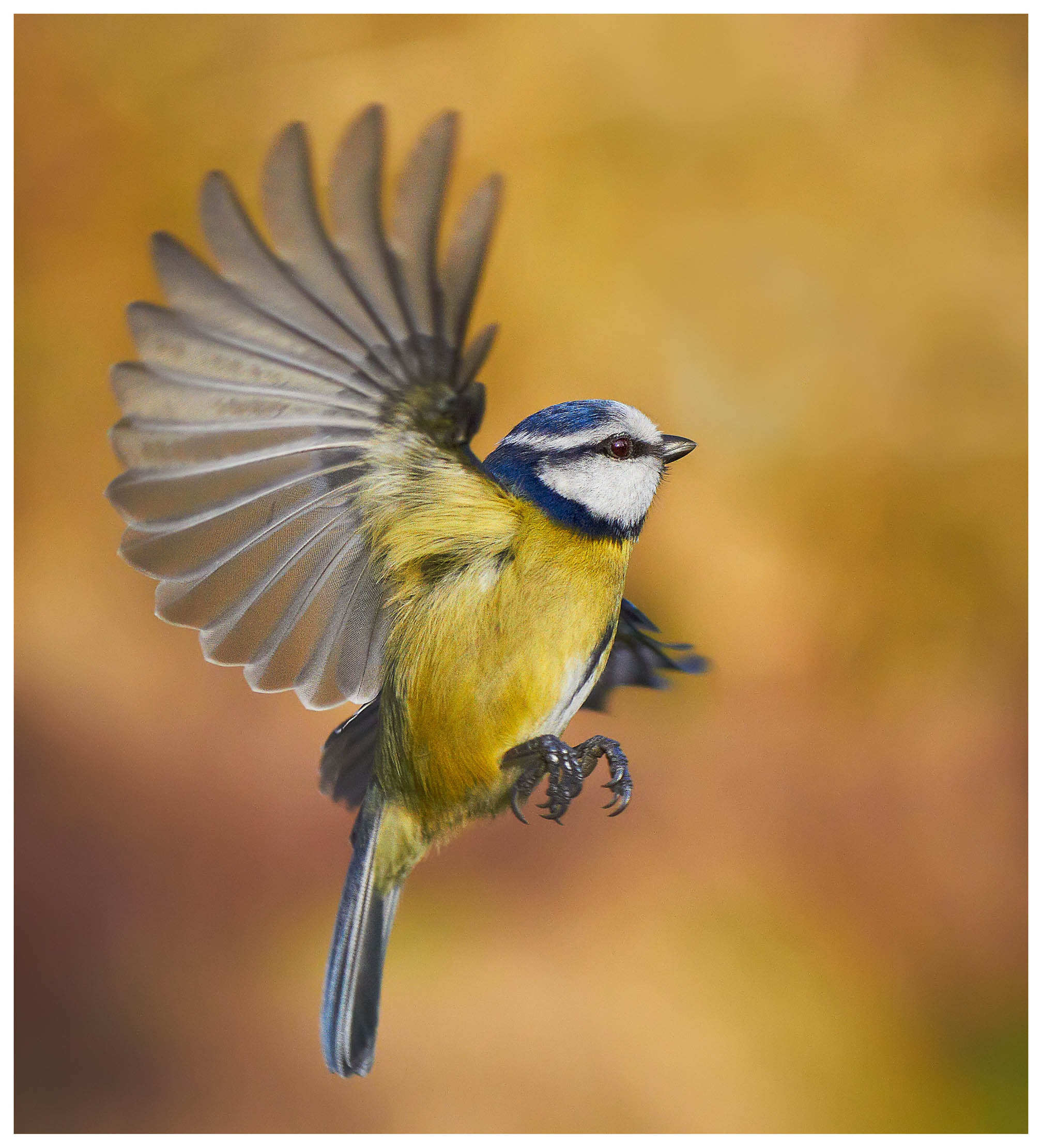
Blue tits: Beautiful birds, wonderful singers... and absolutely no morals
With a cobalt cap, white cheeks and tiny wings, the blue tit might be a picture of songbird sweetness, but
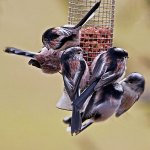
Long-tailed tit in RSPB Birdwatch top ten
More variety of food on bird tables and in garden feeders has helped increase numbers of the long-tailed tit, according
Stephen Moss is a BAFTA-winning television producer, author, Guardian birdwatching columnist and naturalist living in Somerset, where he runs an MA in Nature and Travel Writing at Bath Spa University. His latest book, ‘Ten Birds that Changed the World’, is published by Faber. His website is www.stephenmoss.tv.
